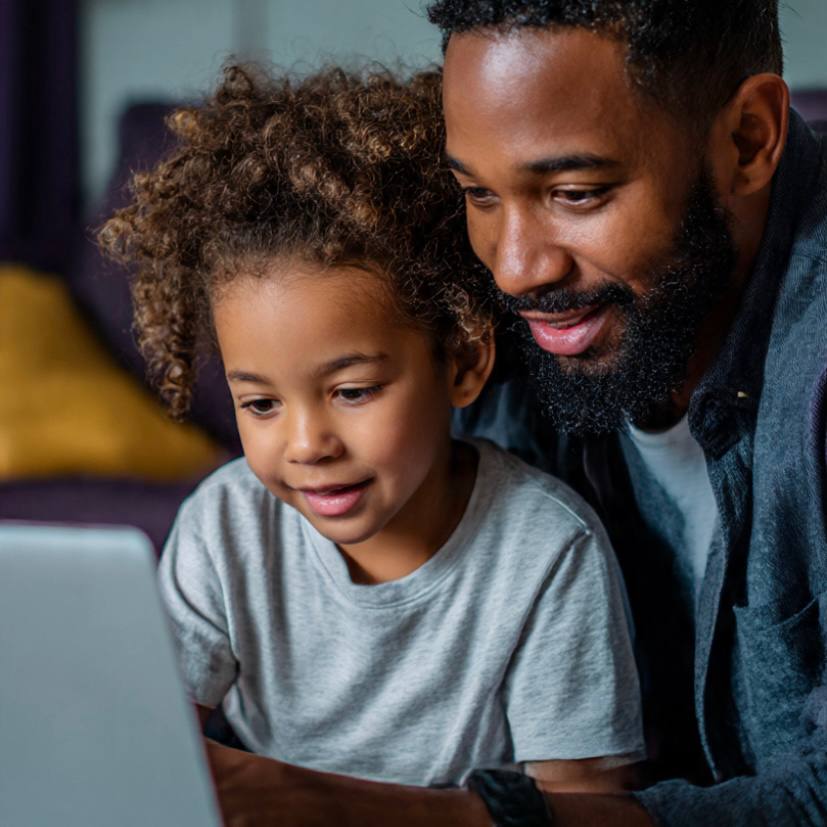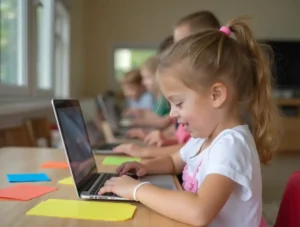Introduction
In today’s world, technology has become an inseparable part of everyday life, and the role of parents in digital learning is more crucial than ever. Children are introduced to digital tools, learning platforms, and interactive games from a very young age. However, true success in digital education happens only when parents take an active part in their child’s learning journey.
Parental involvement not only helps children understand digital content more effectively but also strengthens essential skills such as logical thinking, creativity, and responsibility. This article explores practical strategies that show how parents can guide, support, and inspire their children in the world of digital learning.
Why Is Parental Involvement Important in Digital Learning?
Without proper guidance, digital learning can sometimes lead to confusion, distraction, or over-dependence on technology. Active parental participation ensures that digital education remains meaningful, safe, and effective.
When parents stay engaged, they can:
-
Make learning goals more focused and personalized.
-
Boost their child’s confidence and motivation.
-
Help develop critical thinking and problem-solving skills.
Parents who participate in their child’s digital learning not only understand their progress better but also become a valuable part of the learning experience.
Getting Familiar with Digital Learning Tools
To effectively support your child, start by understanding the tools they use.
Recommended Tools for Parents to Know:
When parents are familiar with these tools, they can communicate in the same “digital language” as their children and make learning more engaging.
Creating the Right Learning Environment at Home
Children learn best in a calm, organized, and motivating environment.
Here’s how to build a digital learning space at home:
-
Set fixed learning times — for example, 30 minutes daily.
-
Eliminate distractions — no TV or background noise during study time.
-
Provide proper equipment — headphones, a small desk, and good lighting.
-
Ensure digital safety — install secure apps and remove irrelevant ones.
A structured environment helps children associate technology with learning rather than entertainment.
Communicate and Learn Together
Instead of leaving your child alone with a tablet or laptop, be part of the conversation.
-
Ask what they learned today.
-
Work on small projects together (e.g., creating a simple game in Scratch).
-
Connect online lessons to real-life examples.
For instance, if your child is learning about algorithms, ask them to describe how to make a sandwich step by step. It helps link digital concepts to everyday thinking.
Blending Digital and Real-World Learning
Digital learning works best when balanced with real-world experiences.
-
Encourage physical activities, sports, and outdoor play.
-
Combine digital skills with crafts or household projects.
-
Try family tech projects like designing a digital poster using Canva.
This balance prevents screen fatigue and develops a more holistic learning approach.
Motivation and Positive Feedback
Children thrive when they feel encouraged. Celebrate every small success.
-
Praise effort, not just results.
-
Avoid criticism; guide them to find better solutions.
-
Use positive language like “That’s a creative way to solve it!”
Your attitude shapes how your child views digital learning — as a challenge or an opportunity.
Ensuring Online Safety
Digital learning must always be safe learning. As a parent, you should:
-
Teach your child about privacy and why not to share personal information.
-
Set up child-friendly accounts with limited access.
-
Regularly check what websites and videos they visit.
-
Talk openly about online risks, in an age-appropriate way.
A safe online environment builds trust and independence.
Conclusion
The role of parents in digital learning is essential to help children navigate technology with confidence and creativity. By staying actively involved, parents can transform technology from a distraction into a powerful tool for growth.
Together, you and your child can make digital learning a fun, safe, and future-ready experience.




